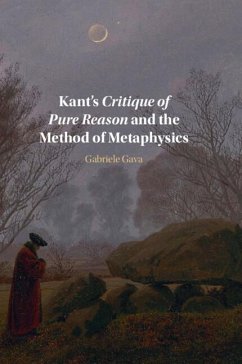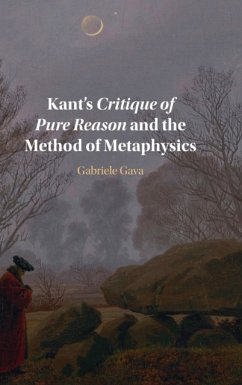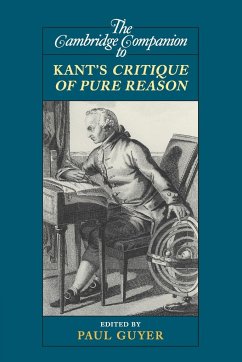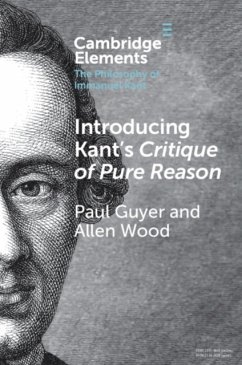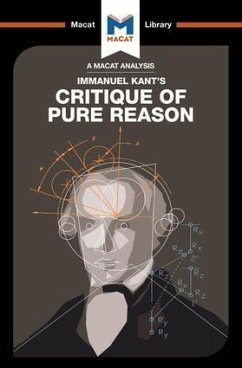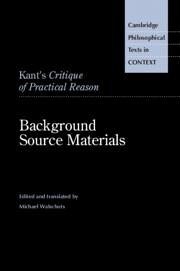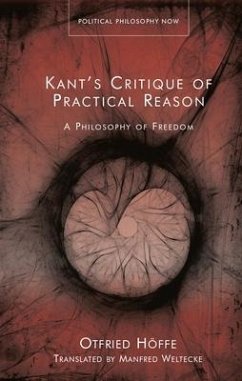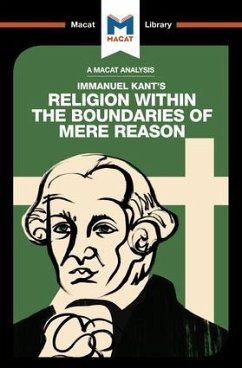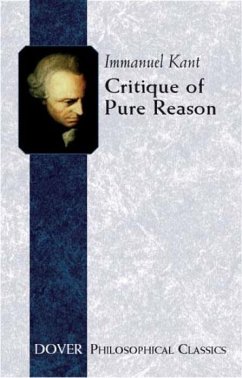Nicht lieferbar
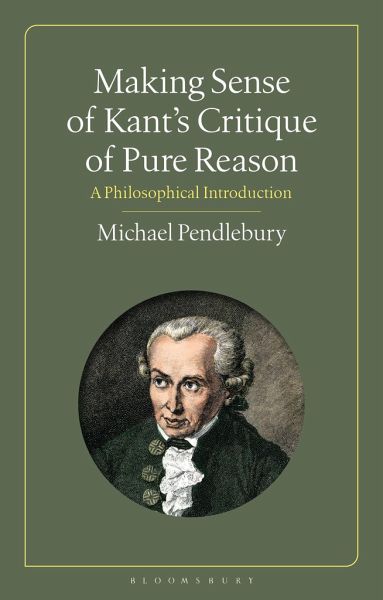
Making Sense of Kant's "Critique of Pure Reason"
A Philosophical Introduction
Michael Pendlebury distils three decades worth of teaching Kant's first Critique to provide a short, accessible introduction that clarifies and makes sense of Kant's account of perception, cognition, space, time, substance, causation, actuality, objectivity, and the presuppositions and limits of human knowledge. This book makes Kant's Critique of Pure Reason digestible for all students, including those who are approaching it for the first time. Using select quotations from the original text, Pendlebury foregrounds Kant's Critique independent of subsequent debates and interpretations to create ...
Michael Pendlebury distils three decades worth of teaching Kant's first Critique to provide a short, accessible introduction that clarifies and makes sense of Kant's account of perception, cognition, space, time, substance, causation, actuality, objectivity, and the presuppositions and limits of human knowledge. This book makes Kant's Critique of Pure Reason digestible for all students, including those who are approaching it for the first time. Using select quotations from the original text, Pendlebury foregrounds Kant's Critique independent of subsequent debates and interpretations to create a stimulating read.





